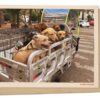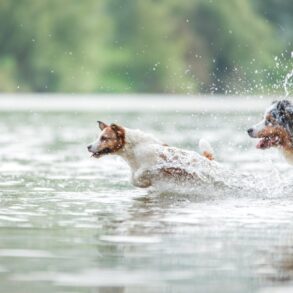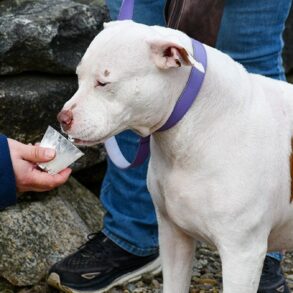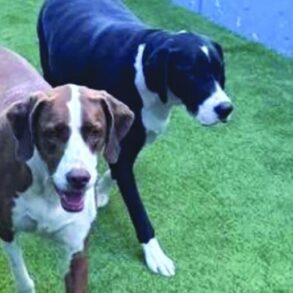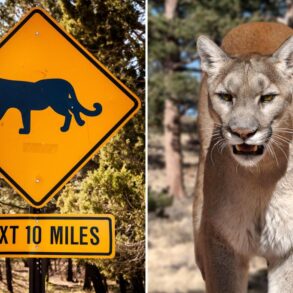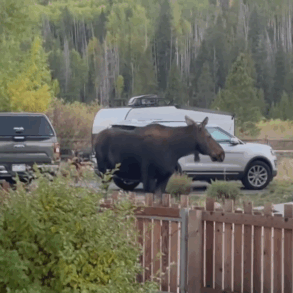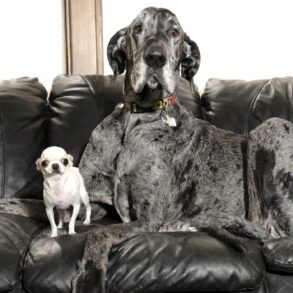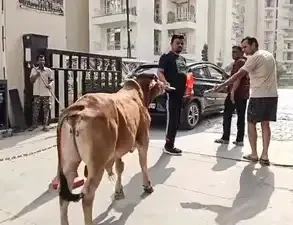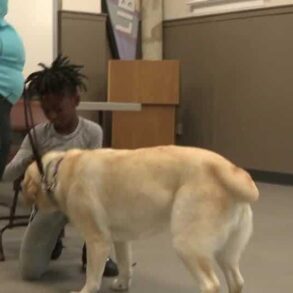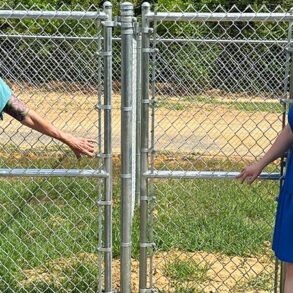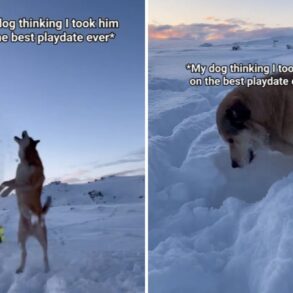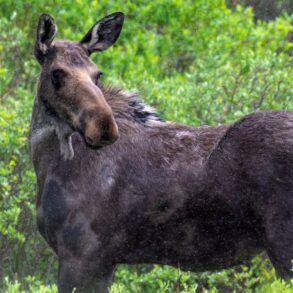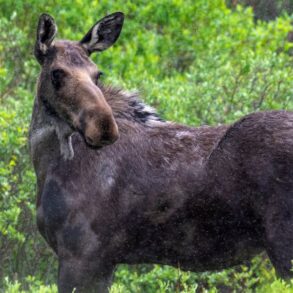Heading out the door? Read this article on the new Outside+ app available now on iOS devices for members!
>”,”name”:”in-content-cta”,”type”:”link”}}”>Download the app.
“Hey lady, your f#$%&ing dog bit me,” screamed the long-time skiing photographer and most adoring dog lover I know.
Our group was ski touring in the Tushar Mountains of Utah, and as we approached the second yurt’s trailhead access, the photographer bent over to say hello to the pooch, only to be instantaneously barked at and bitten through his ski pants into the skin. A little bandaging and he was fine, but it forced us to have a larger conversation about dogs in the backcountry. While we love bringing our furry friends on adventures, is it always safe to have them alongside?
Before you set out with your dog, there are a few major considerations. We spoke to a professional dog trainer who specializes in skiing with dogs to understand the safest ways to integrate dogs into the backcountry.
First, it’s important to gauge your ability as a skier, backcountry traveler, avalanche hazard assessor, and general ability to navigate the mountains. Understanding this baseline is a good way to check in with yourself before you start clamoring around with an animal, says Molly Arvin of Pete’s Adventure Pack dog training services.
“Two of the biggest downfalls and issues I see when skiing with dogs are the dog getting cut by skis when not paying attention, and people skiing with dogs in super unsafe areas. [For example] We never take our dogs in terrain over a 30-degree slope… period.”

Arvin and her husband, a former ski racer, began skiing with her pack of huskies after years of dog training and fostering dogs in college. “I started taking basic training principles from other trainers and courses, and started applying them to adventure-based sports, focusing on safety.”
Whether you’re hiking, biking, or skiing, it’s crucial to train your dog to follow you properly and obey commands so they aren’t tempted to chase after moose, other skiers, or dogs, says Arvin. Equally important is carrying a first aid kit for them (and of course, for you), as she emphatically notes… “Do not ski with your dog unless you have a bleed stop in your kit. I’ve seen dogs carried down the mountain that are bleeding out.”
Arvin’s method of prepping dogs to ski is a simple progression that works on the dog’s ability to follow its owner by the side or behind. She starts without skis and a long 15-foot leash while also working on recoil. Once the dog is comfortable, she introduces skis on flat ground, working up to smaller hills with an emphasis on getting the dog to trot and stay behind the owner. Noting that if they do run ahead, it’s best to stop skiing, recoil them, and start over, otherwise, you’re teaching the dog to ignore you. “Taking baby steps is important because they need to ski off leash and their recoil needs to be dialed,” Arvin explains.
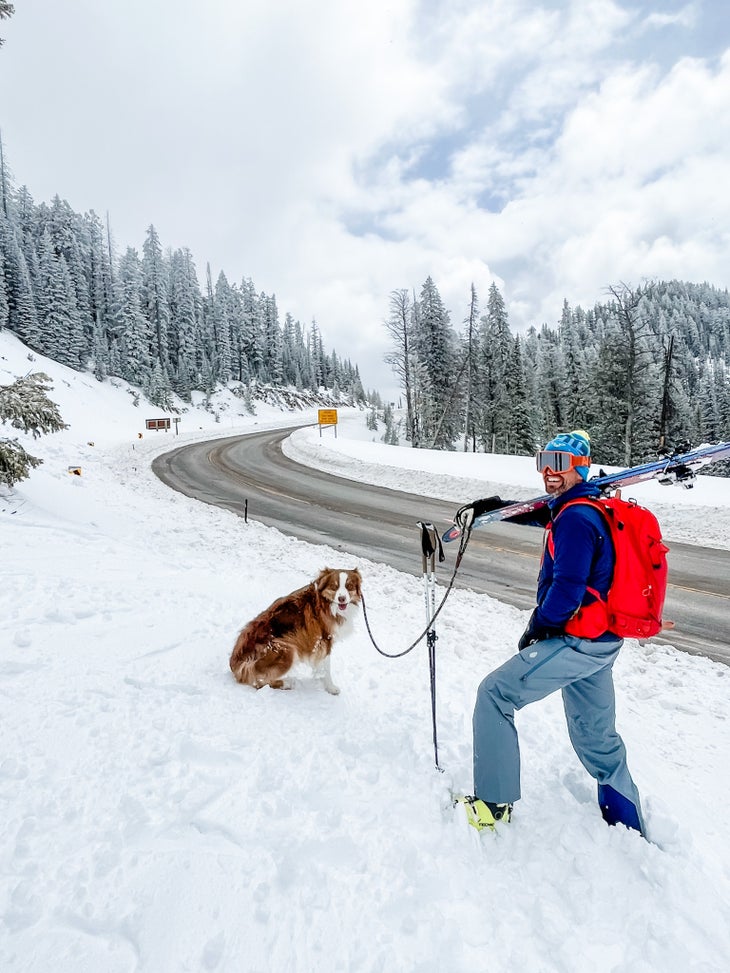
As far as Arvin’s timeline goes, the training process typically takes several months for a first-timer, but dogs with foundational training work will often move quickly. Similarly to humans, knowing a dog’s physical abilities and building up the endurance are crucial so you don’t end up carrying them at the end of the day. As far as conditions go, dogs are just like us! Powder snow on moderate terrain is generally the best to avoid strain; harder snow is rougher on their bodies and paws, and steeper terrain puts more pressure on their joints as well as increases the avalanche risk.
“It’s been cool to see how many people want to do this safely with their dog,” she notes after recognizing the 300-plus clients in her system. While based in Park City, Arvin also has hundreds of videos to help virtually train your dog from basic behavioral work to more adventure-focused training. “Dogs love to work their brains, she explains, and by teaching them to follow behind, recoil, and other ski commands, they are fulfilled physically and mentally, and you’re skiing safer while the dogs are happier.”

As I reflect on the day my buddy was bitten, I can’t help but wonder if the dog was thinking about protecting its owner’s powder stash or simply not thinking at all. In the end, our four-legged friends can be awesome companions in the snow, true powder pals — as long as their humans are using their heads too.
This post was originally published on this site be sure to check out more of their content.

